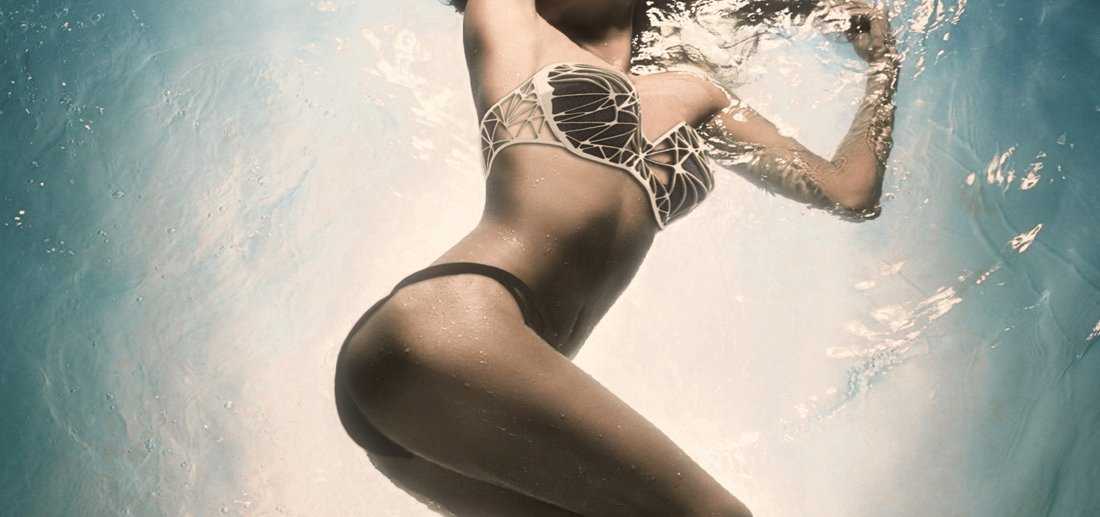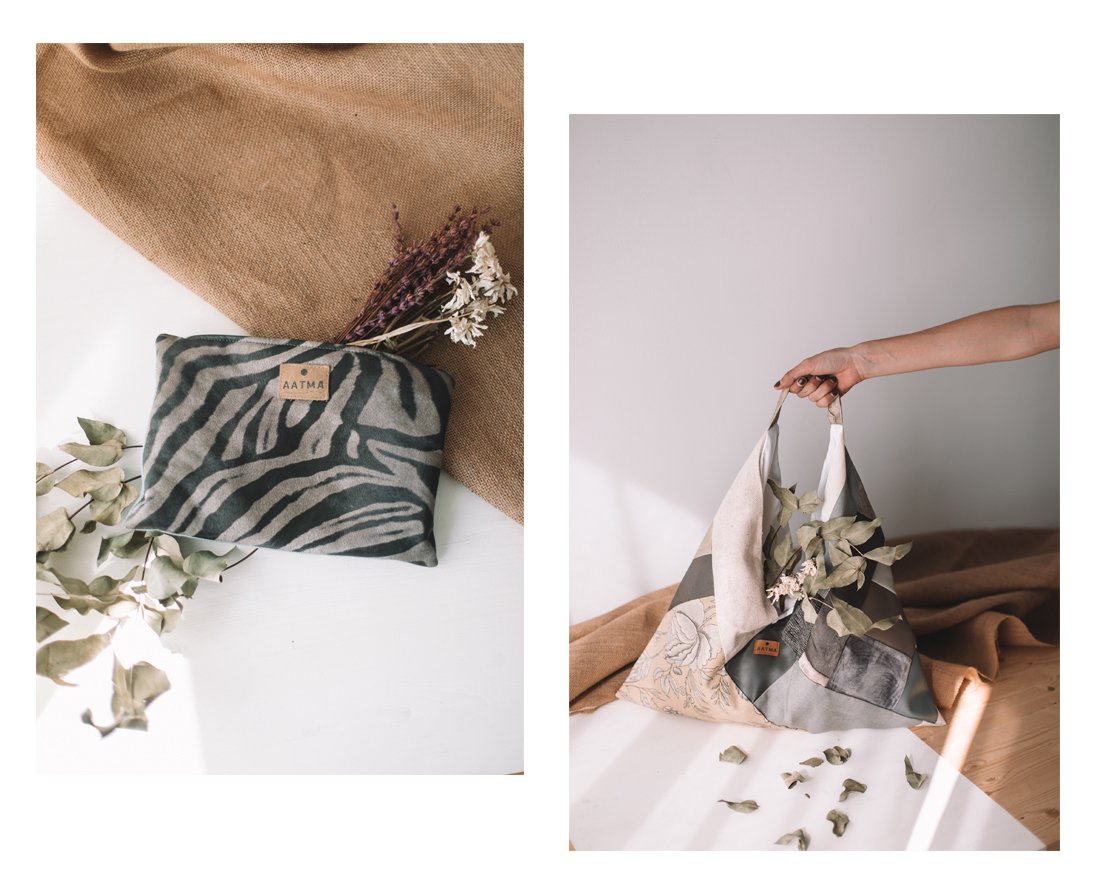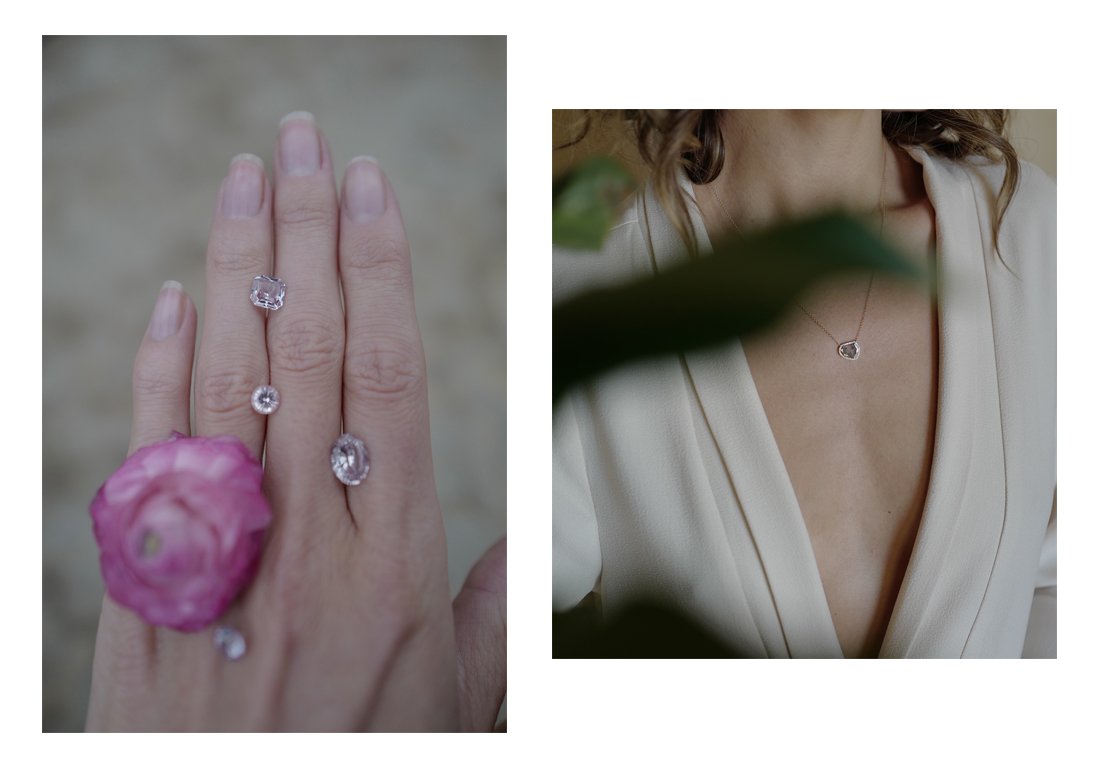Sponge Bikini by Eray Carbajo

SUSTAINABLE DESIGN
A better today. A new tomorrow.
Words by INÉS CALVO RUBIO
Designing products for sustainability has rapidly evolved from an incipient attitude to a sine qua non, a necessary requirement in the world of design. Borrowing Jenni Donato – Eco Design Specialist -’s words, sustainable development is an essential piece “for a company [in terms of] securing its [own] growth in the future [as] it [necessary] needs to embed sustainability into all its products, services and processes.” Identifying the environmental impact of a given company as well as its actions and subsequent products has, therefore, become not only a frequent concern for designers but also an increasing social demand. Donato also adds that “for everything that is manufactured, it makes sense to look at sustainability from the very beginning of the process,” commenting on the evolution of eco-design as a concept as well, as it is not a novelty but more like an old-term friend who everyone has heard about but just a few have had the pleasure to meet (something that, fortunately, is changing). Even Dieter Rams, chief designer at Braun in the 60s and 70s, incorporated sustainable design in his 10 Principles of Good Design: innovative, making a product useful, aesthetic, making a product understandable, unobtrusive, honest, long lasting, thorough down to the last detail, environmentally friendly and as little design as possible. Taking into consideration eco-design as much as life-cycle impact seems to consolidate itself, then, as the first step into sustainable design.

Bags by Aatma
But what is sustainable design, what does it stand for? More like a philosophy than a design concept, sustainable or sustainability design is “an integrated, holistic approach that encourages compromise and trade-offs”, says the US General Services Administration. It is all about finding the right balance through new and sustainable design techniques such as: optimization of site potential, minimization of non-renewable energy consumption, use of environmentally preferable products, protection and preservation of water, enhancement of indoor environmental quality and optimization of both operational and maintenance practices. At its very core, it aims to create products and offer services that are beneficial not only to the consumer and the producer but also to the environment as a whole. Sustainable design can be simply explained as an integrated approach that is achieved through the combination of human interaction with and within the natural environment.
However, although design might seem as a harmless step in the way to production, the reality is quite different: according to the UK’s Department for Environment, Food and Rural Affairs, 80% of products and services’ environmental impact is determined in the early stages of design. Just as Chris Sherwin, Head of Sustainability at The Guardian, said “we’ve made some serious headway on sustainability reporting and monitoring, governance, production, supply chains and communications, but paid much less attention – and allocated less budget – to how we design more sustainable products, services and systems […] So design really does matter, not only in how we shape and order our world, but also in determining our impact on it.”
Photo via Parley for the Oceans
Although most thought of as an architectural concept (thanks to amazing projects such as Precht’s Farmhouse), sustainability design is also being kept in mind in urban planning and development projects, architectural landscape and, naturally, in several other everyday products that allow companies not only to increase their profits and efficiency levels but also to make less of an impact on the environment, their main resource. Examples include:
- Clothing such as: Adidas x Parley for the Oceans (learn a bit more about this fantastic organization in our last issue “Be Fearless”), the Sponge Bikini by Mihri Ozhan and Cengiz Ozkan (a fabulous bikini entirely made of sponge-like material, designed to filter water impurities as its unique material repels water at the same time it absorbs oils) or ECOALF clothing line and accessories, made entirely from recycled materials, a great company that stands up both for the environment and for future generations.
- Accessories such as the Spanish brand Aatma, pioneers in upcycling by designing sustainable bags made out of forsaken fabrics or, a personal favourite, Bayou With Love, designing jewelry made from gold responsibly extracted from used technology recovered from Dell’s US recycling programs.
But we should not forget that sustainable design also exists in “simpler”, more common objects such as: paint (Little Ones Sustainable Mixed Powder Paint), coffee packaging (Sufi Eco coffee package design by Ada Weel Olsen), seeds and nuts packaging (Rifai Re-packaging by Afra AlSammahi), beer packaging (Corona getting rid of plastic rings) and even colour pencils (Ecopal by Kathrin Honesta) and Lego bricks (as Lego recently launched a range of botanical elements made from a plant-based plastic sourced from sugar cane, in a bid to reduce its plastic waste)!

Jewelry by Bayou With Love | Photos by Nikki Reed
Just as Marjan Van Aubel’s Current Window (made up from coloured cells that harvest energy from the sun and convert it into electricity), we just need a new perspective, a new way to look (‘after’ our precious planet and ‘forward’ to playing a constructive role in the Sustainable Design Era). Whoever you are, whatever you do, sustainable design is here, everywhere, for you.


